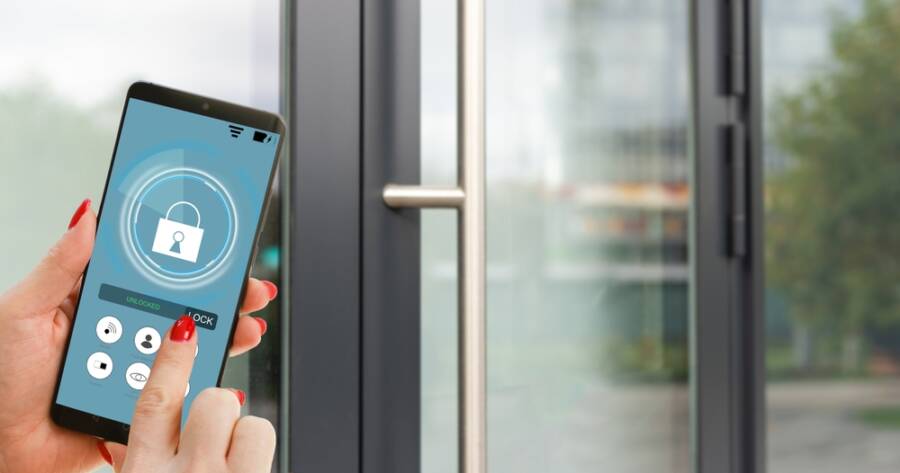Home security has become more accessible and affordable than ever before. But many Americans want smart protection without adding yet another monthly subscription to the list. The good news is that there are now plenty of high-quality smart home security tools that offer peace of mind without ongoing fees. Understand how to build a smart system that works not only for your space — but your wallet as well.
Start with Local Storage Cameras
The heart of any smart home security setup is the camera system. If you want to avoid monthly fees, choose cameras that offer local storage instead of requiring cloud-based subscriptions. Many indoor and outdoor cameras now come with microSD card slots or pair with a local hub that stores footage directly on your network.
These systems let you review recordings through your phone or computer without sending data to external servers. Some offer motion detection, night vision, two-way audio, and customizable activity zones — all without additional costs. With local storage, you stay in control of your data and avoid paying monthly to access your own footage.
Make sure to check the camera’s resolution, field of view, and compatibility with your mobile devices before buying. A well-placed set of two or three cameras can cover key entry points and give you real-time alerts for suspicious movement.
Use Smart Sensors and Alarms That Work Independently
Door and window sensors are small but powerful additions to any home security setup. These devices alert you when an entry point is opened or tampered with. Many work via Wi-Fi or Bluetooth and can be connected to your phone without needing a subscription service.
Standalone motion sensors can also monitor hallways, garages, or staircases. When paired with a smart home app, they can trigger alarms, turn on lights, or send push notifications to your phone. Look for systems that allow you to customize responses or disarm alerts easily when you’re home.
You can also find independent sirens and alarms that work without a central hub or monitoring center. These make loud noises to scare off intruders and notify neighbors, even if you’re not home.
By combining several independent, self-managed devices, you can build a powerful, connected system that doesn’t rely on third-party monitoring.
Integrate with No-Fee Smart Home Platforms
Another great way to save money is to use no-fee smart home apps to manage your devices in one place. Platforms like Apple Home, Google Home, or Amazon Alexa allow you to control cameras, lights, locks, and sensors from a single dashboard — without paying for premium service.
For example, you can set routines like “Arm system when I leave the house” or “Turn on lights when motion is detected.” You can also create voice commands or mobile shortcuts that simplify security checks.
Make sure your devices are compatible with the platform you choose. Some brands offer better support for specific systems, so it’s best to choose tools that play well together. Once set up, you’ll have an integrated network that runs on your own terms, with no recurring costs.
Prioritize Locks and Lighting for Passive Protection
Not every part of home security needs to be high-tech. Smart locks and lighting are effective, often overlooked tools for deterring break-ins — and many of them function fully without paid subscriptions.
Smart locks let you control entry with your phone, create temporary access codes for guests, and check whether the door is locked, all without needing a physical key. Many models work via Bluetooth or Wi-Fi and operate independently from paid monitoring systems.
Smart lights can be programmed to turn on at night, blink when motion is detected, or mimic activity while you’re away. This simple illusion of presence is one of the most effective ways to deter break-ins.
Together, smart locks and lighting form a low-maintenance layer of security that doesn’t require frequent checking or monitoring. They simply work in the background, helping you feel safer at home and on the go.
Peace of Mind Without the Price Tag
You don’t need to sign a contract or commit to a monthly bill to protect your home. With smart cameras that store video locally, sensors that alert you instantly, and lighting and locks that act as your silent guardians, it’s entirely possible to build a safe, responsive system that fits your lifestyle.
By choosing tools that work together without extra fees, you gain full control over your home’s security — and keep your budget intact. Smart safety isn’t about spending more — it’s about working smarter.

